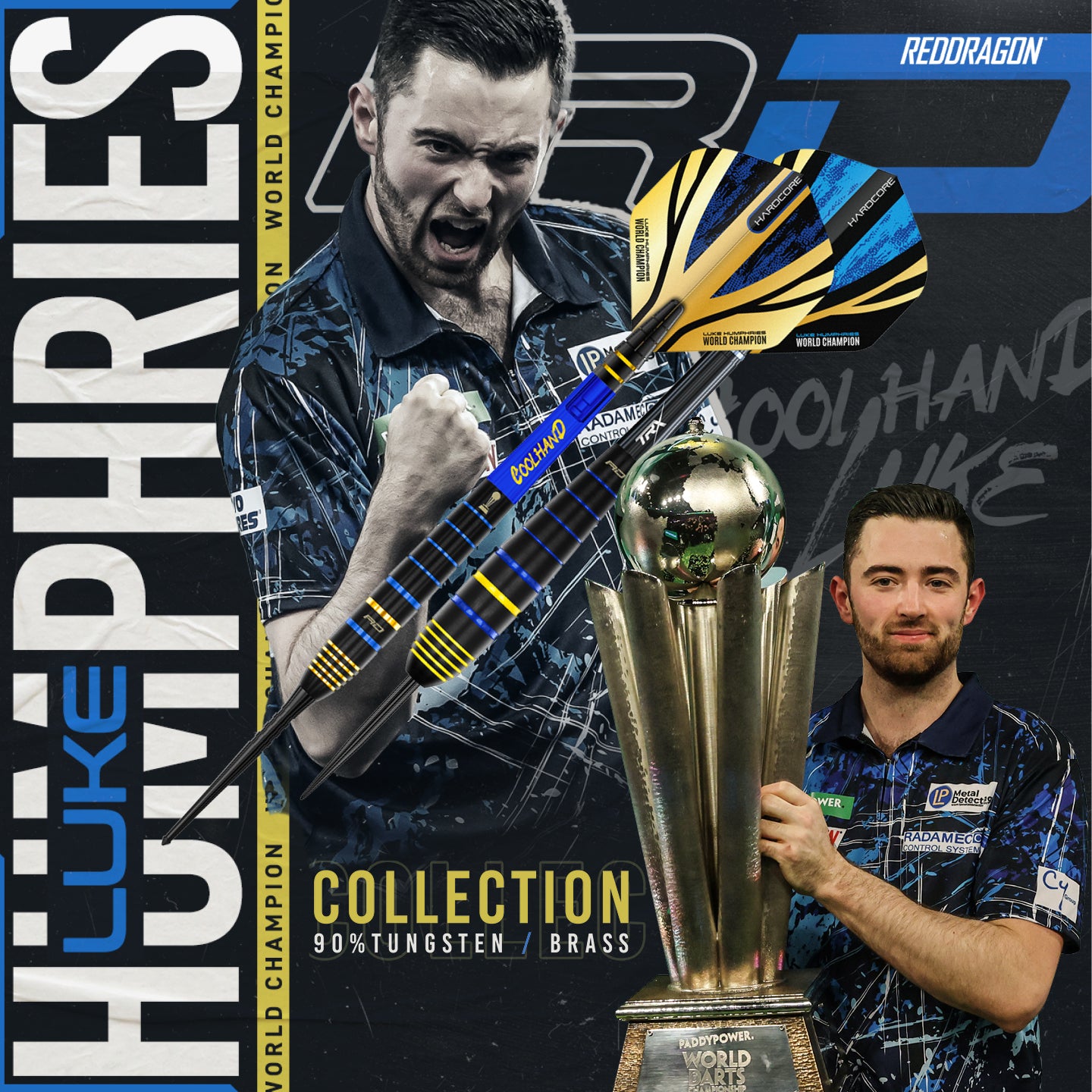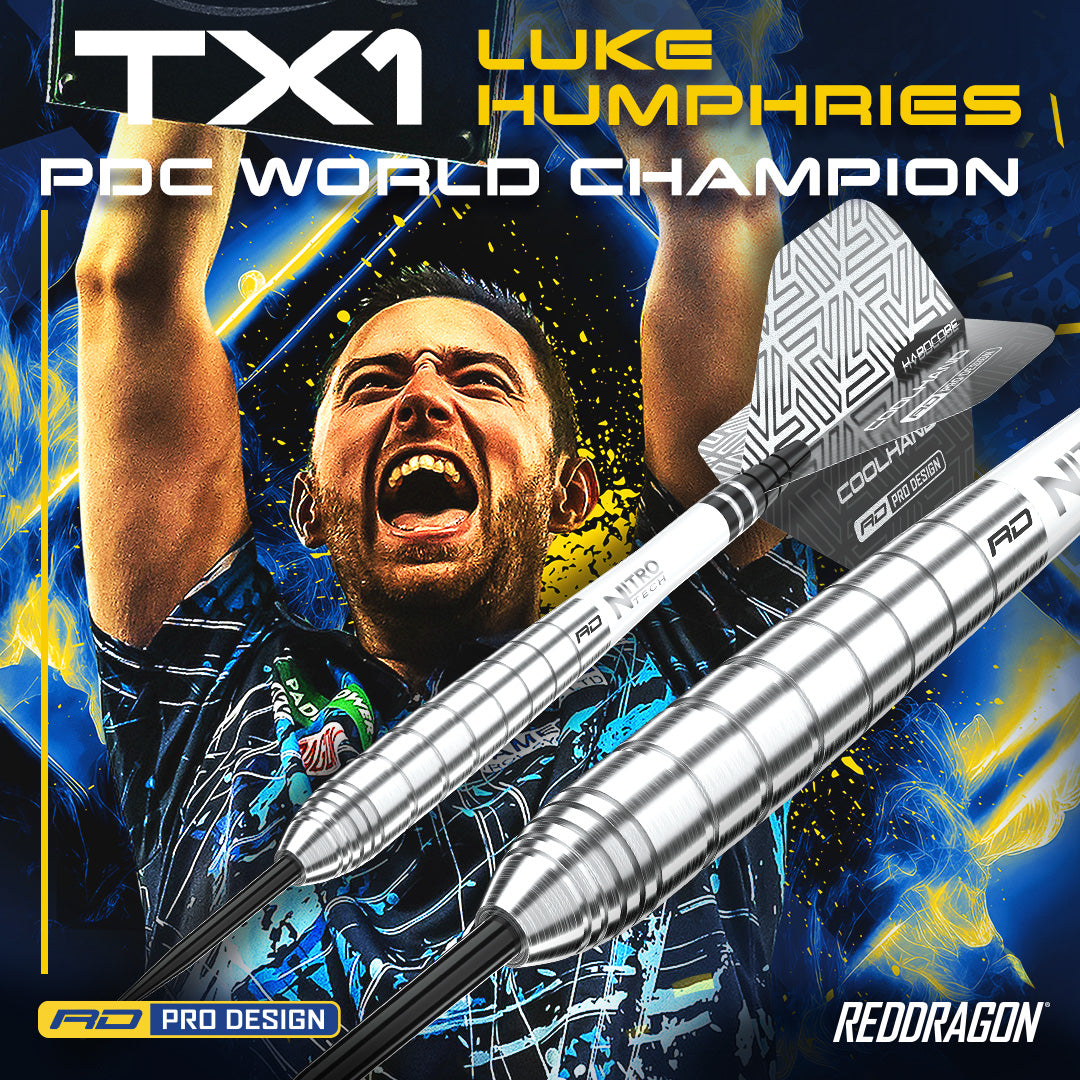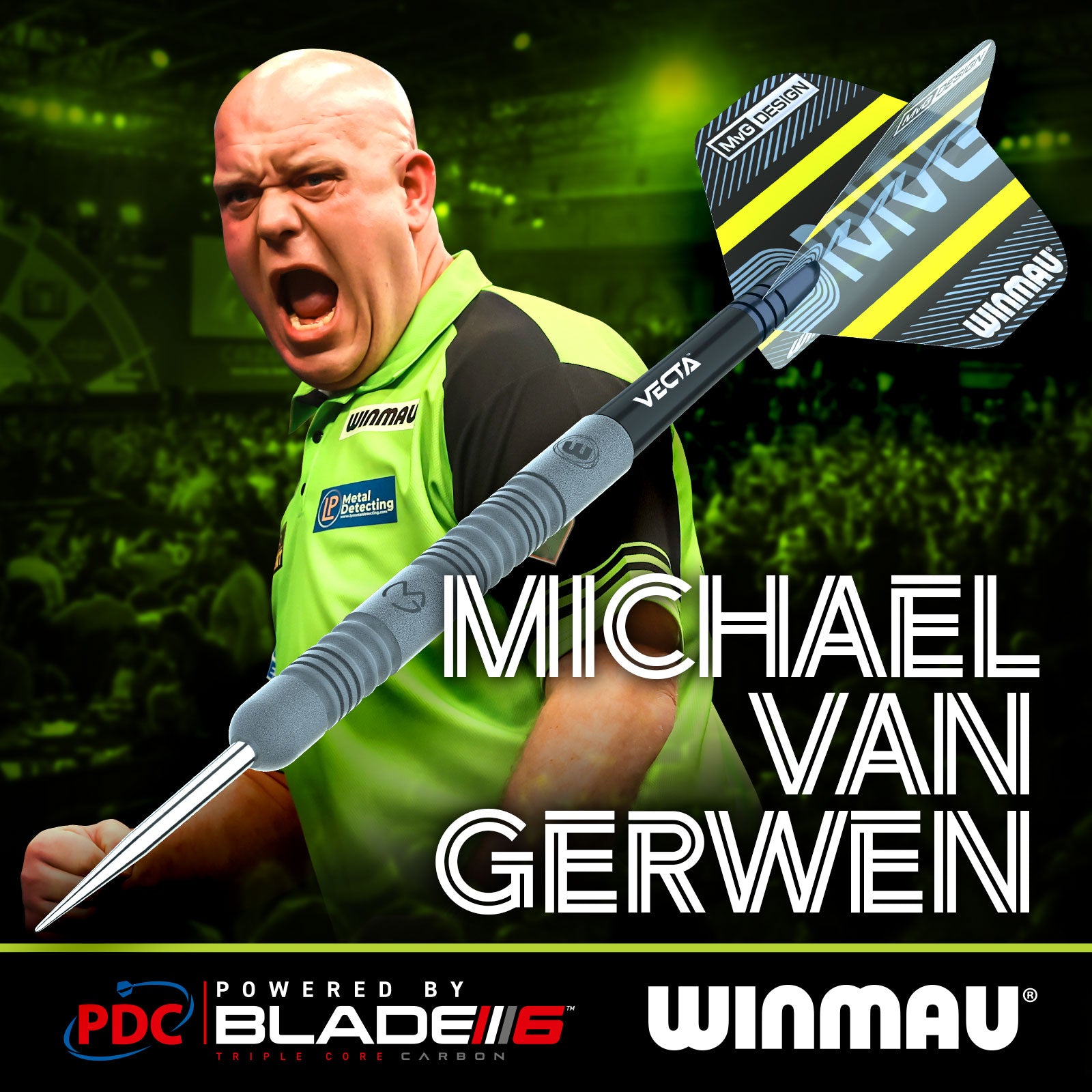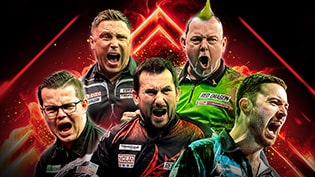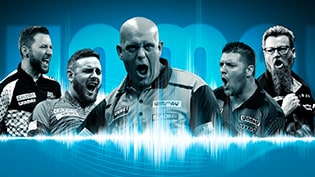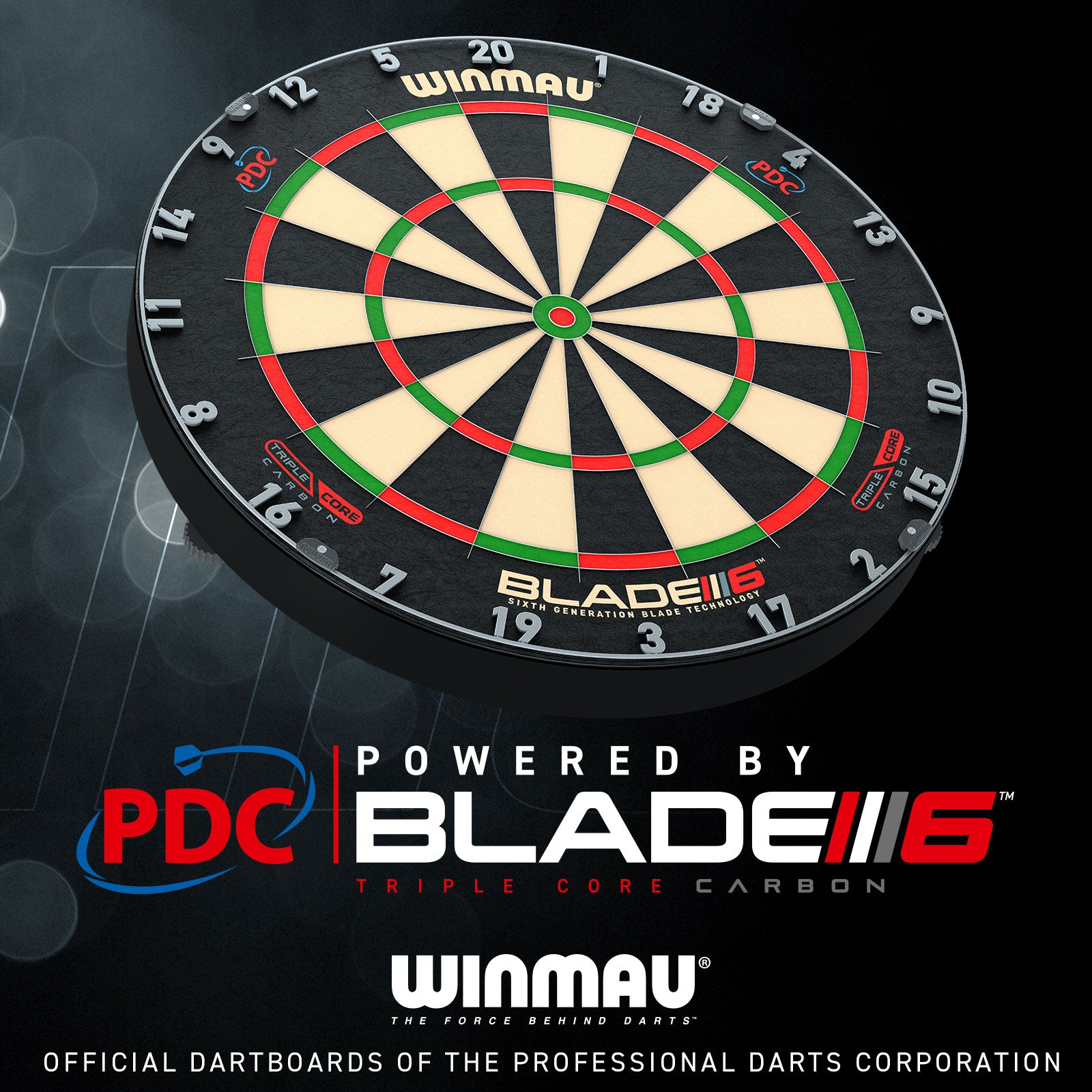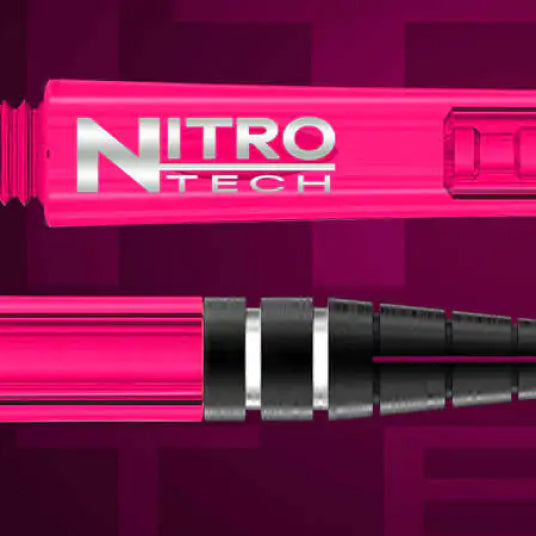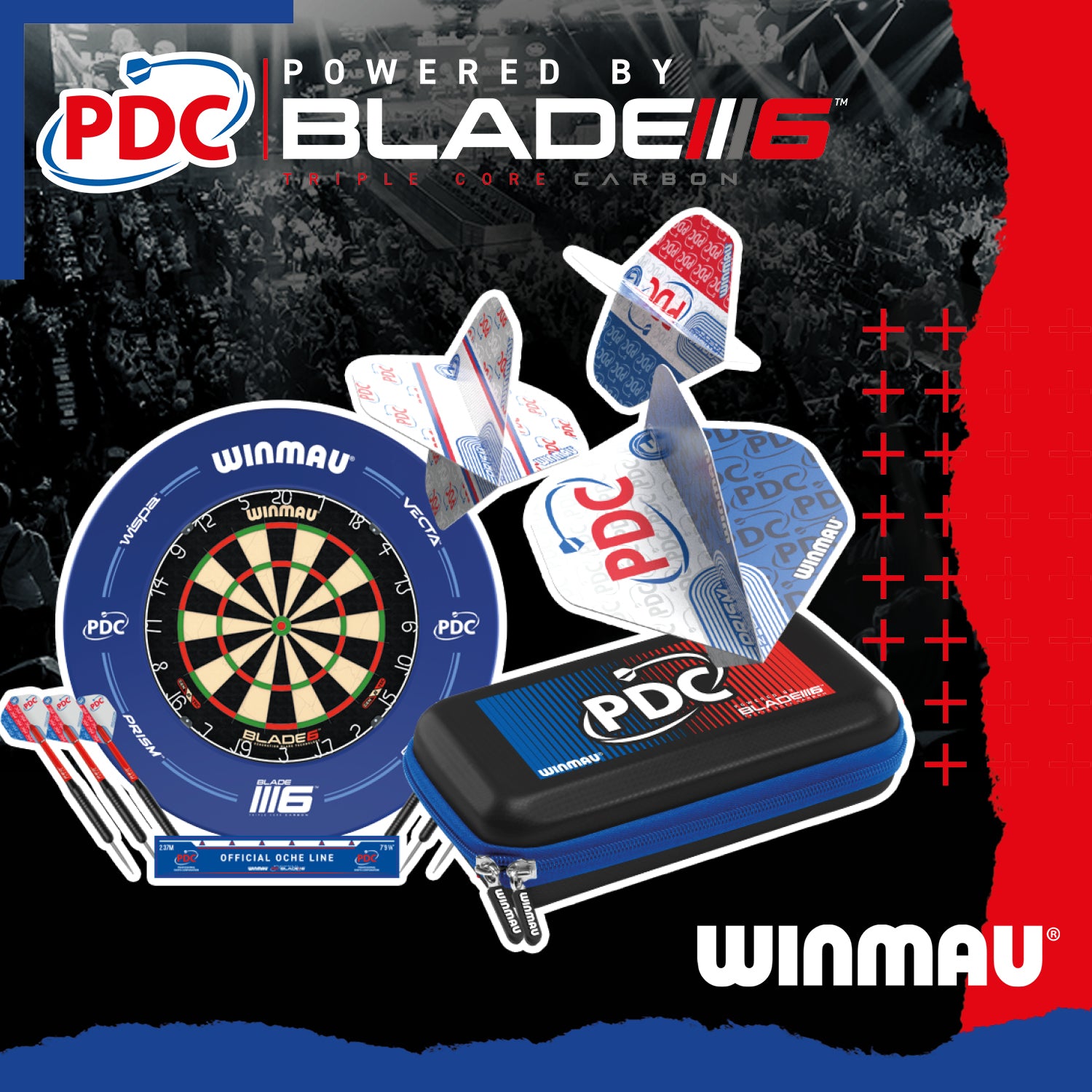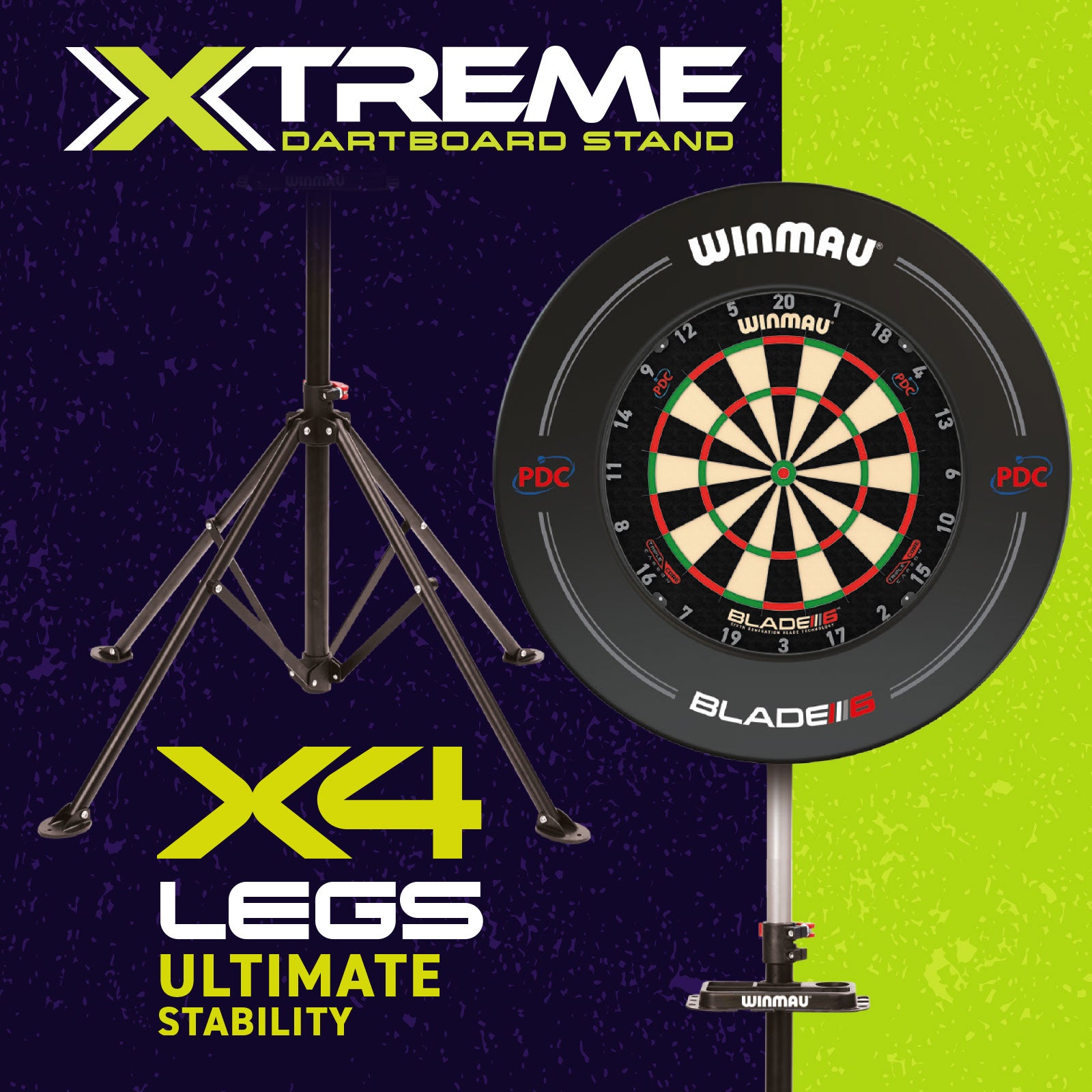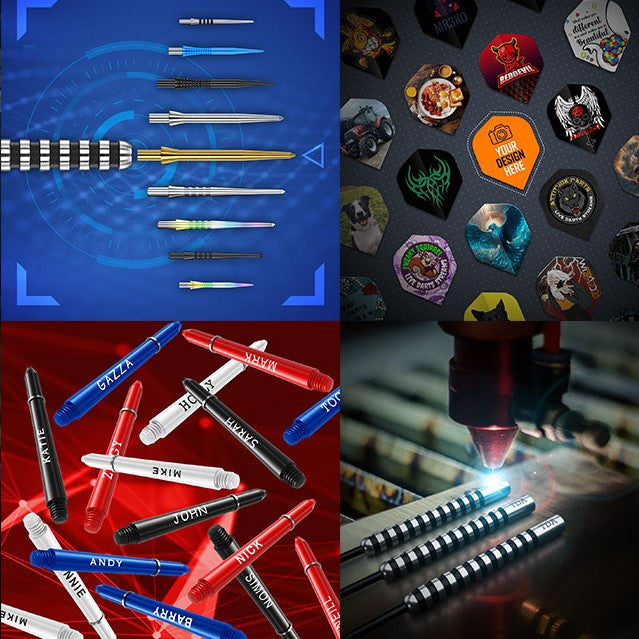DR DARTS NEWSLETTER - PATRICK CHAPLIN - OCTOBER'23 EDITION
DARTS HISTORY
(aka Dr. Darts’ Newsletter)
Issue 163 www.patrickchaplin.com October 2023
WHAT REALLY HAPPENED TO THE LORD LONSDALE TROPHY?
Last month I reported on a fascinating email received from Ron Comley in which he recalled memories of his father (also named Ron) taking part in the The People Lord Lonsdale Team Challenge Cup, which had by then, (1974-75), become known as the NDAGB (National Darts Association of Great Britain) National Teams Championship of England, Scotland, and Wales.
Despite The People having withdrawn its sponsorship after the 1961-1962 season final, teams still fought for the prestigious (and very large) Lord Lonsdale trophy.
In the 1980/1981 season, the legendary Lord Lonsdale trophy was played for the last time, the venue being Fort Dunlop, Holly Lane, Birmingham, on Saturday 9th May 1981, ‘men on the mark’ at 1 p.m.
The title was won for the first time by a Scottish team from the Alhambra Bar, Bellshill, nr. Motherwell. The photograph above (courtesy of Darts World) shows the team celebrating on the night. Top row, left to right: Drew O’Neil, Campbell Adams, ‘unknown’, John Ross, James Canavan, Wullie McGloan. Bottom row, left to right: Charlie Fox, Jim Penman, Jackie Crozier. and David McQueen. The ‘unknown’ gentleman in the back row, hidden by James Canavan’s hand, is probably H. H. Parsons, Chairman of the NDAGB, who presented the trophies and prizes on the day.
Although there was no detailed report of the Finals in Darts World in the June issue, which is surprising, a short report appeared three months after the event in August 1981 (issue number 105), under the section ‘Scottish News,’ which celebrated the victory:
The massive Lord Lonsdale trophy, valued at over £7,000, went north for the first time thanks to the darts talents of these lads (see above) from the Alhambra Bar, Bellshill, Lanarkshire who beat nine top teams to win the National Team Championships at Fort Dunlop, Birmingham.
The team had already won the Wishaw and the Bellshill League Championships. In the national final they had a 4-3 scoreline against the Midlands champions from the Royal Hotel, Sedgley.
The trophy is reputed to hold 27 bottles of whiskey.
Calling the tournament ‘the British Darts Championship Cup,’ a reporter for the provincial Evening News named the eight-man team and the team manager Jackie Crozier. As well as the trophy, the team also picked up £1,000 in prize money. The reporter stated that ‘the cup is insured for £7,500’ and reputably capable of holding 27 bottles of whisky. During Monday evening’s celebrations at the pub the manageress, Mary Bellingham, proved that the capacity claim was correct.
In the above photo, the men shown are Donald Bellingham (the bar owner’s son who did not play but ‘was there for the photographs,’ Jim Penman, Jim Canavan, Campbell Adams and Drew O’Neill. © Evening News. Neil Campbell Adams told me later that during that season, “we won the Lanarkshire team trophy, Scottish team trophy, and the Lonsdale cup all in space of three months.â€_x009d_
Ending his memories in last month’s issue of Darts History, Ron Comley posed an important question, “Patrick. Have you any idea where the Lord Lonsdale trophy is now?â€_x009d_
Well, unlike the News of the World cup, which is safe and securely stored in London, I am sad to report to Ron and to all Darts History readers that the Lord Lonsdale trophy is not ‘now’ anywhere.
To explain, I present for the first time, an extract from my forthcoming (eventually I hope) book, ‘The Sport of Pints,’ in which I reveal the trophy’s fate:
‘…the National Team Darts Championship had continued to be held, organised, and financed by the NDAGB until the 1980-81 season. It is perhaps ironic that the first year that money was offered, the champions should be a team from Scotland.
The team, representing the Alhambra Bar, Bellshill, near Motherwell, comprised Drew O’Neill, Neil Campbell Adams, James Penman, Willie McGloan, Charles Fox and David McQueen, beat the team from the Royal Hotel, Sedgley, nr. Wolverhampton.
Thereafter it was the popular belief that the prestigious Lord Lonsdale trophy was placed into the care of the Scottish Darts Association (SDA) for safekeeping but this was not the case. The last team to win the title, the Alhambra Bar, retained the trophy on the premises as was standard procedure. However, just before Christmas, the bar was burgled and, not surprisingly, the trophy was amongst the items stolen. The Lord Lonsdale trophy was never seen again. I am certainly that it was stolen in 1981 as the NDAGB would have asked for its return during 1982.
It was undoubtedly melted down: a totally, unexpected, unsuitable, and undignified end for a trophy that had not only survived The Blitz but also given so much pleasure to so many dart players and fans alike since 1939.’
When Ron posed the question, I guess neither he nor I would have guessed that one of the actual members of the Alhambra, Neil Campbell Adams, would contact me and confirm the fate of the trophy. Neil told me
“This was one of the last photographs of the trophy, [see page 2] 1981 I think was when we won that and other team trophies that year. However, it wasn’t long before I received a call from Mary Bellingham, the owner of the Alhambra Bar, that her bar had been robbed sometime after closing time and the trophy was stolen.
I was worried that we might be fined by the NDAGB but that never happened, so there we were, the last winners, and we lose it. Maybe somebody close to the team might know something. I can tell you that when I phoned the NDAGB, I got a lot of stick from them (which I thought was deserved), the comment that hit hard was "the trophy survived a depression and a World War and on its first trip outside England we lose it. Well, that’s Scotland for you!â€_x009d_ It must have been melted for its silver content or it may have been a revenge robbery who knows. Someone does.â€_x009d_
HALVE IT - FEEDBACK
Bill Bell has written to tell us how Halve-it is played in his pub, the Telscombe Tavern, Telscombe, Sussex. He writes:
We play a game of halve-it at the end of every home match.
Sometimes the away team stays on and joins in. Always for money.
We have a few odd ones we use as well as your usual trebles and doubles targets including ‘WINMAU’ where players must hit inside a letter in the name (50 points), BOW-TIE is bullseye or outer and two opposite numbers, HURDLES is three different numbers with a gap in between, ‘3DC’ stands for three different colours whilst HOLES that is inside the metal numbers.
We always start with SCORES and always end on BULLSEYE. We all start with zero, so the first three darts you throw are your score, bounce outs are not rethrown. So if I hit 60 with three darts then that is what gets halved if I miss on the next round.
Bullseyes and outers count 50 and 25 points. HOLES is getting a dart inside a metal number, the only numbers available are 8, the 8 on the 18, 0 on the 20, 0 on the 10, and sixes etc. -
50 points a hole.
I mentioned to Bill that back in the 1980s, when I played Halve-it in my locaI, the Blue Boar, Maldon, Essex, we included ‘Split the Eleven’ where eleven points were awarded for each time the ‘legs’ of the ‘11’ were hit of ‘split’. Bill told me “I like split the 11. We’ll use that in the future
With so many different ideas with this the game, Bill wisely advises, “You can’t use them all in one game but vary them. Too b****y hard otherwise!â€_x009d_
FEEDBACK ON ELECTRONIC SCOREBOARDS
Chris K. emailed me to say
Hi Patrick. Thank you for the latest DDN. I’ve just read it en route to London. The electronic scoreboard item was interesting.
I really don’t like those electric scoreboards as I feel mental arithmetic is a big part of the game of darts. Also, it’s a lot harder to check back on your scores if there’s a discrepancy later on in a match.
I’ve also never understood why they are so expensive. For what is effectively 2 pocket calculators in a box, they cost upwards of £100. You could buy a complete darts set with board and decent darts, oche mat, etc for less that that!
Some like them though and won’t play without them, so I guess they are here to stay.
Thank you, once again, and look forward to next months.
The image, above, shows the ‘Chalkie’ electronic scorer, as advertised in Darts World in April 1981, which was advertised as used ‘by Eric and Maureen…’ and featuring a coin operation’ facility where players could be charged to use it, ‘10p for 20 minutes.’ Do you remember ‘Charlie’?
So, what do other readers think of the electronic scorer revolution back then Those, like me, who grew up using chalk and chalk board learning to score and improving your arithmetic at the same time.
How did you react to the introduction of electronic scoreboards? Let me know how it was greeted when introduced in your pub at patrick.chaplin@btinternet.com.
FEEDBACK - TOM BARRETT, FIRST DARTS AND THE INDOOR LEAGUE
Having raised this matter last month, I was pleased to hear from Chris M. who practised his darts at home like Tom Barrett and recalled his first set of darts. Brian H. also recalled, and still has, his first set. Chris recalled
Thanks - as usual a good read. Not that I am putting myself in Tom Barrett's league!!! but I also practised a fair bit in my bedroom back in the day which gave me the edge in my local, I think. Funnily enough I have just gifted a chest of drawers to a local newlywed couple which came from my bedroom donkeys years ago but had been in my garage for a while. On examining it, a few small holes were visible. “Don't worry about that,â€_x009d_ I said, “it's not woodworm but dart holes' (from bounce-outs).â€_x009d_
“As for my first proper set of darts, I recall they were slim tungstens quite light (16 gm?). However, such was my profligate behaviour in the dim and distant past, I was forever 'losing' them. Since I usually played my darts in the same pub, I was also usually reunited with them the next day as some kind soul would leave them behind the bar. I blame Charrington's IPA.â€_x009d_
Brian wrote
Hi Patrick. Hope you & your 'staff' are well. Thanks for another great read, always a highlight of my month.
In answer to your question "Where did you get your first darts?" I bought mine from a sea front gift shop in my home town of Seaham: Olive Whites.
I think they cost ten bob (50p) in about 1969, the only set in the shop window.
I'd always played on my dad's board at home but I joined the school youth club and took up the game seriously...for about two weeks! But they were the darts I picked up when I started playing again when I went to pub. I ditched them for tungstens in the 70s but I frequently reverted to them over the years and still have them today (pictured above). Only one original flight remains. They are Glyda darts weighing about 24g.
Seeing the picture of Cliff Inglis (in a recent issue) reminded me watching him on Indoor League with a buzz cut and thought that was his normal look until I saw other pictures of him and read that his 'skinhead' was due to losing a bet! I don't know if that's true!
Also want to mention your nice piece on Mrs Loveday King. Her name cropped up and I was pleased to find your article online and also videos on YouTube of her playing on Indoor League including her brilliant 102 check-out and her charming interview with Fiery Fred (Trueman).
[For more information about Mrs. Loveday King (pictured, above) please refer to my website:
https://patrickchaplin.com/2019/08/22/loveday-king-the-first-superstar-of-ladies-darts/.]
The game has moved on but there's something riveting about watching these videos of a simpler time in the game. 180s were treated with respect but without the "giving it large" that goes on these days, even though they were a rarer sight!
In this respect I have to say I'm enjoying the Modus Super Series where there are shorter format games and 'the behind closed doors' gives it an intimacy and naturalness that is lacking at the bigger tournaments.
Sorry to go on but your Darts History always sparks happy reminiscences! Take care, Brian.
FEEDBACK – JIM MACNEIL ARTICLE
I was very pleased to hear from Robert Pringle, former Sales and Marketing Director at Harrows, now comfortably retired, who wrote
“Hi Doctor D. I hope you are well… That first pic (in the Jim McNeil article in last month’s issue) shows Willie Etherington on the right. Lose the ‘H.’ Tony Bell is on the left.
They both worked for a time as sales reps for Trulon darts. This was at the beginning of the tungsten era around 1977 or so.â€_x009d_
It was my error to put the ‘H’ at the beginning of Willie’s name. “Patrick! Go into the naughty corner!â€_x009d_
PANAMA CITY DARTS
You all know how proud I am that Darts History has subscribers in more than 120 countries worldwide one of which is now Panama City. Luis Le Flave recently contacted me:
I write from here in Panama City to ask if I might please receive your Darts History magazine. I currently receive the magazine from Ben Sheppard in Dubai, but he has suggested I write to ask to become a member myself.
I would like to ask if you have ever featured the First World amateur Darts Championship in any of your earlier magazines. The championship was held in Barbados.
I represented Panama in the Championships but unfortunately was beaten by Dave Yeo of Canada in the first round. Dave hitting a ten-dart leg in the final leg as well as a twelve-dart leg against me.
The winner and champion was Bernie Manton of England who won the Gold Medal. The medal was a magnificent tribute to a great event
The event was organised by an English darts gentleman called Eddie Norman who arranged it in conjunction with the late Evan Goddard, President of the Barbados Darts Association.
Evan (pictured below) sadly passed away last year. The event was the precursor of all darts in the Caribbean and we all have Eddie Norman to thank for the start of darts in the West Indies.
Evan Goddard also played darts and was a great player. The event was sponsored by Caribbean Airlines who, with the help of Eddie Norman, sponsored all the air fares to the event from all the countries and the hotel accommodation for all players and officials.
Runner up and winner of the Silver medal was Kevin Hayes RIP of the USA, bronze medalist was Hubert ‘Tenge’ Brown of Jamaica, who is still playing darts.
I am just wondering if you by chance had ever featured an article on this great event that sadly seems never to have any coverage and before it fades from darts history.
The event was covered by Barbados Today, I believe. Kindest Regards, Luis
I replied to Luis and, of course, added him to my subscriber’s list and replied:
As for the First World Amateur Darts Championship which was held in Barbados, I am very pleased to tell you that, with help from Eddie Norman, I was able to record the event in Dr. Darts’ Newsletter #120 issued in March 2020. I attach a copy for your information and hope you enjoy it. Please feel free to pass it on to anyone in your organisation would be interested
If anyone else would like a copy of #120 write to me at patrick.chaplin@btinternet.com.
TIMBER DART BOARDS
Laurie Hastie emailed me from Australia to tell me of early ‘timber’ dartboards in that country. I remember reading years ago (1930s) that some dartboards in that country were made from ‘gum’ but it was not a surprise to me that ‘timber’ dartboards could be found there as they were in the UK (over here, made of elm or poplar wood). Laurie wrote
In the 1960 to 1980 timber dart boards where in full use in hotel dart comps in Western Australia. I played using them from the town of Esperance to Broome.
The boards were cut from banksia trees (see right) as these had the growth rings that held well and were fibrous. They were approx. 3 inch thick, quite heavy, had steel strapping around the circumference to stop cracking. The face had wire dividers with wire numbers.
Below the board on the wall was a thin water trough the full size of the boards. The boards had to be stored in these baths after use to stop cracking. It was the bartender’s job to ensure all boards were in the troughs before close time.
The cardboard boards used today were used for kids at home...never for competition. The timber was always available and it was expedient to use the type used today.
Well, that's how things evolved.
Thanks Laurie; a fascinating piece of Western Australian darts history.
MY RESEARCH IS SPONSORED BY
NOTE: Text © 2023 Patrick Chaplin or as shown. Images © Patrick Chaplin or as stated or sourced. Neither text nor images can be reproduced without prior permission of the copyright holder(s). Sponsors website: winmau.com.


